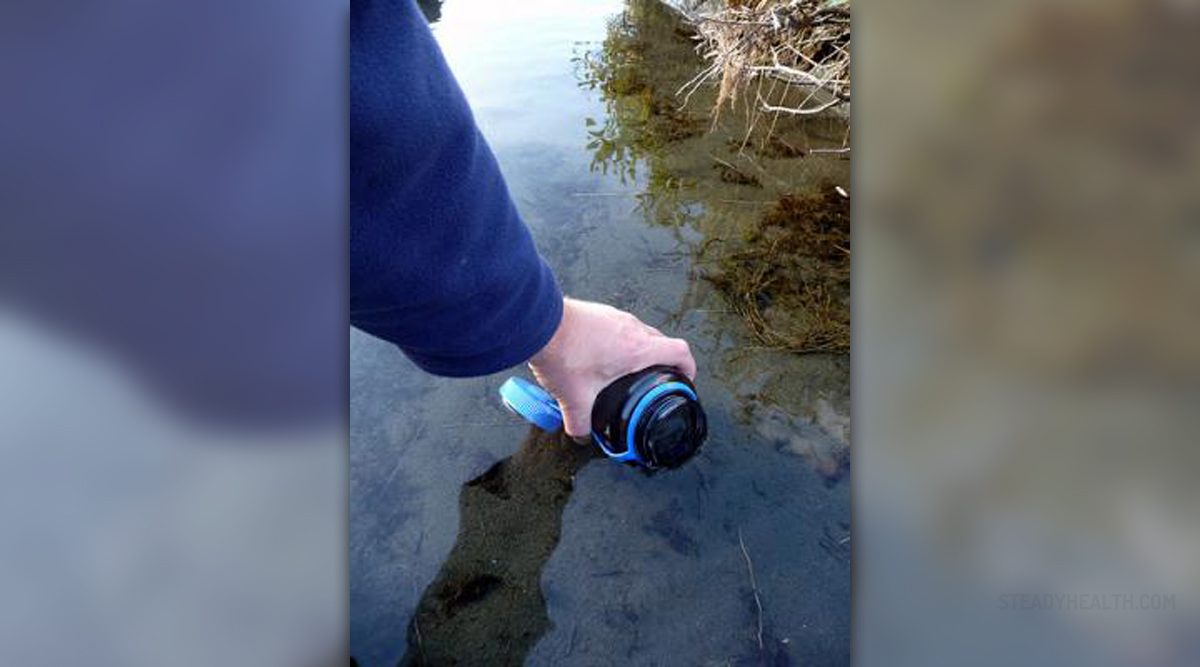
Outdoor water sources, such as ditches, streams or lakes,may sometimes be contaminated by a protozoal parasite, called Giardia. Wild animals,which live up stream, shed parasites into the rivers.
As the river flows, otheranimals contaminate it even more. At the end, when the contaminated waterreaches a lake, or a pond, it is very contaminated.
A cat, dog, or anotheranimal drinking from this water source has very high chances of ingesting thecysts of this parasite. When they enter the organism, the cysts hatch, grow, andreproduce. Giardia causes diarrhea, which is watery and uncontrollable andsometimes contains mucus or blood.
Giardia is most usually treated with an antibiotic, calledmetronidazole, and with a dewormer called fenbendazole. They are successful inabout 70 percent of cases. This is because of the possible relapse, due to the fact thatsome parasites may have survived.
A natural way to treat Giardia has been successfully usedmany times on dogs and cats. This method utilizes digestive enzymes. Thestarting point is the empty stomach. When there is no food available, thedigestive enzymes digest whatever else is available, including Giardia. Thismethod seems to work with other protozoal parasites, such as Coccidia, oreven Tritrichomonas foetus, Neosporum, Cryptosporidia and Toxoplasma.
To start, a bottle of fungi or plant-baseddigestive enzymes is required, as well as few syringes without needles. Theenzymes are not to be combined with anything else (supplements, probiotics,etc.). The pure digestive enzymes should contain at least lipase, amylase andprotease.
It is vitally important that the enzymes are given on anempty stomach. This method cannot work if the food is left outside all thetime. The pet should be fed in meals, which are to be given about an hour aftereach enzyme dose. In cases where there is food in the stomach, the enzymes willeat the food, instead of the parasites.
Enzymes should not be hidden in the food or a pill. There shouldbe absolutely no food in the stomach.
Each animal should be treated with one capsule of enzymes. Acapsule is to be mixed with a very small amount of water and made into slurry.A slurry filled syringe is to be inserted in the mouth corner and squirted.
A dose of digestive enzymes is to be given about an hourbefore meals, and also a bedtime dose.
The syringe should be rinsed after the treatment. This procedure is to be repeated for eight days.
A week's time should allow the remaining cysts to hatch.
The treatment is then to be repeated for another sevendays.


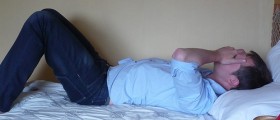
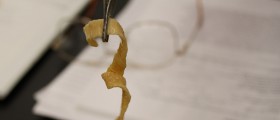
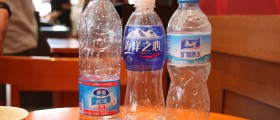
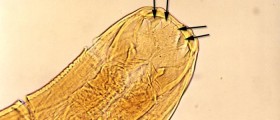
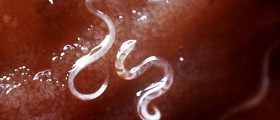
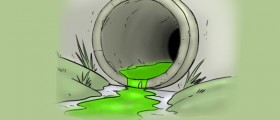
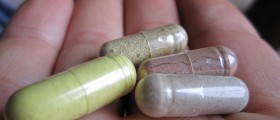

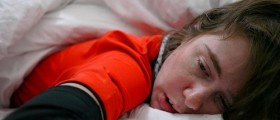


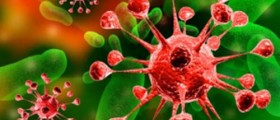

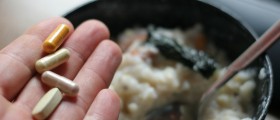
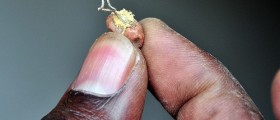
Your thoughts on this
Loading...